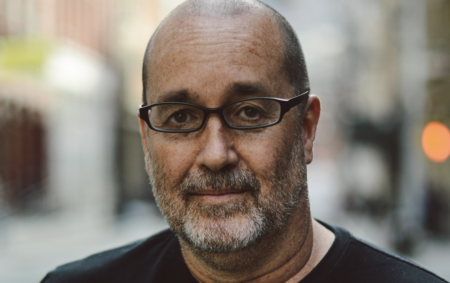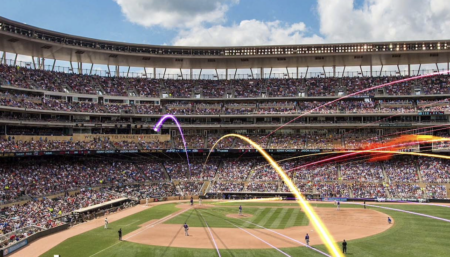The first thing that strikes visitors to St George’s Park National Football Centre is the sheer scale of the place. Set on a 330-acre site in Burton-upon-Trent, Staffordshire, UK, the national focal point for the English Football Association seems less like an elite sports facility and more a village devoted to soccer. Winding roads bisect the site and groups of players, coaches and staff stride purposefully between the pitches and buildings – England’s national game permeates the entire place.
Opened in 2012, St George’s Park was designed to serve as the base for the FA’s coaching and development programs. Boasting 13 world-class pitches – featuring a mixture of natural and synthetic turf, and a full-size indoor field – SGP also offers state-of-the-art hydrotherapy, training and analysis, educational and coaching, and medical facilities. Which all sounds very impressive, but simply listing the facilities doesn’t do justice to the overarching feeling that sport dominates every aspect of the site – the FA’s mission to promote and improve soccer (and other sports, the England Rugby League team also calls SGP home) is apparent throughout.
Stadia’s tour begins in SGP’s hotel. Situated on site, the center’s 228-room accommodation is managed by Hilton Hotels group – with two of the chain’s brands operating within the facility. The hotel hosts the national teams when they’re training at St George’s (as well as visiting teams and national soccer organizations), and throughout the year the expansive conference spaces house various workshops, seminars and programs. Everything from libraries to conference rooms (named for an array of legendary players and managers) are accessible without leaving the building. The ethos of the facility places everything teams might need to train, study and improve within touching distance.
The array of pitches on the site is designed to offer virtually any conceivable training and match specification. FIFA- and UEFA-rated surfaces are dotted throughout the facility – including a replica of the Wembley Stadium pitch which, during Stadia’s visit, is staging a match between youth national sides from England and Italy. But it’s not only the national teams that make use of SGP. Local teams play and train here. As Alan Ferguson, the FA Group’s head of grounds and estates explains, “this place is never quiet. You’d think there would be days when not many people are using the facilities, but that has never happened.” Responsible for maintaining the surfaces at SGP (as well as the Wembley Stadium surface in London), Ferguson and his team operate on a near-constant cycle of maintenance and upkeep. Look out for an in-depth interview with Ferguson in the June 2017 issue of Stadia magazine.
An indoor hall is sprung to host futsal games, and the national partially sighted soccer teams also call SGP home. Part of the FA’s DNA roll-out – a national strategy for advancing soccer – is to make SGP a truly inclusive location for everybody involved in the sport. But SGP is also more than capable of welcoming teams from an array of different sports – and there’s a commercial angle too, with an outdoor learning center that seems to be particularly popular with corporate clients and team building delegations.
There’s a common-sense approach to a lot of the facility’s design – for example, warm up and gym space overlooks the Wembley replica pitch so that squads can follow the action; and the indoor pitch has a covered running track for warm up sprints or exercise bike sessions. Great care has been taken to enable players and coaching staff to have immediate access to whatever they might need – and to champion the positive mentality the FA is conjuring around the (admittedly beleaguered, of late) senior men’s team. The road to Russia 2018 dominates much of the branding throughout SGP – countdown timers and recent qualification results are emblazoned on the walls.
But SGP is not a marketing or PR exercise. This is a working facility – grow lighting sits between pitches, maintenance equipment waits at the side of fields for training sessions to end so that the surfaces can be inspected and tended to, and Ferguson’s team work to a complex schedule, coordinated to keep the pitches and fields in the best possible condition while also making the surfaces available to whichever teams want to make use of the facilities.
There are talks of expansion too, perhaps the greatest testament to the success of the project. SGP had a sporadic road to completion and, as is often the case, the validity of the capital expenditure was called into question on a number of occasions. “Some people suggested it was too big,” Ferguson says. “When you see the reality of this facility, it’s probably more a case of it not being big enough.”
February 22, 2017




